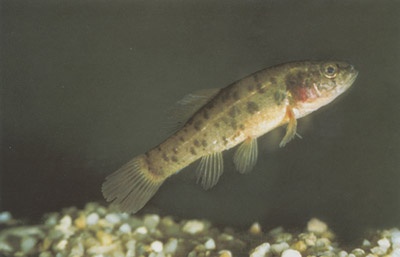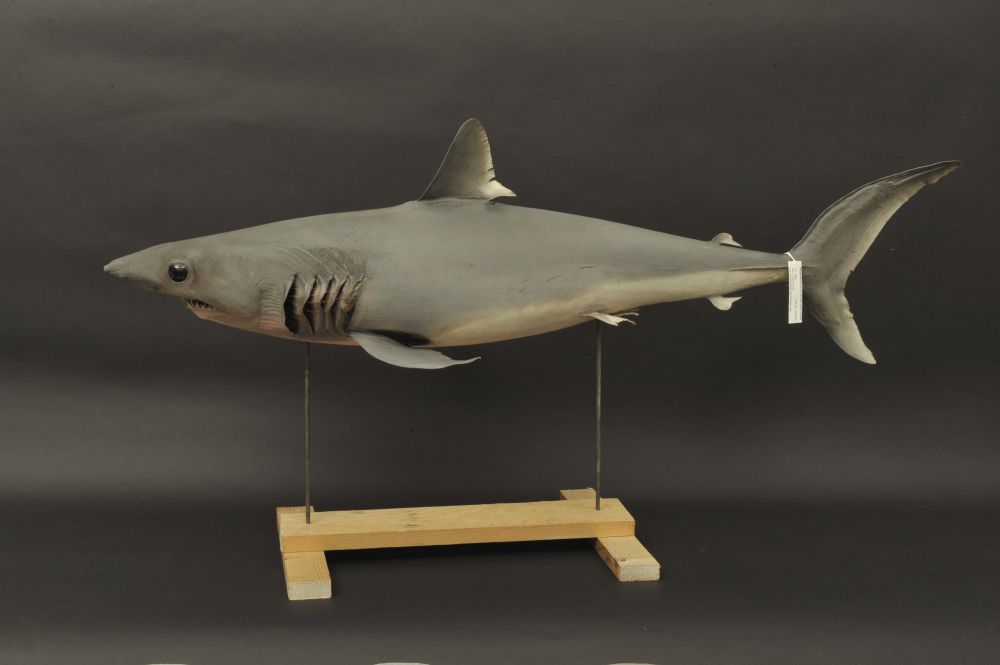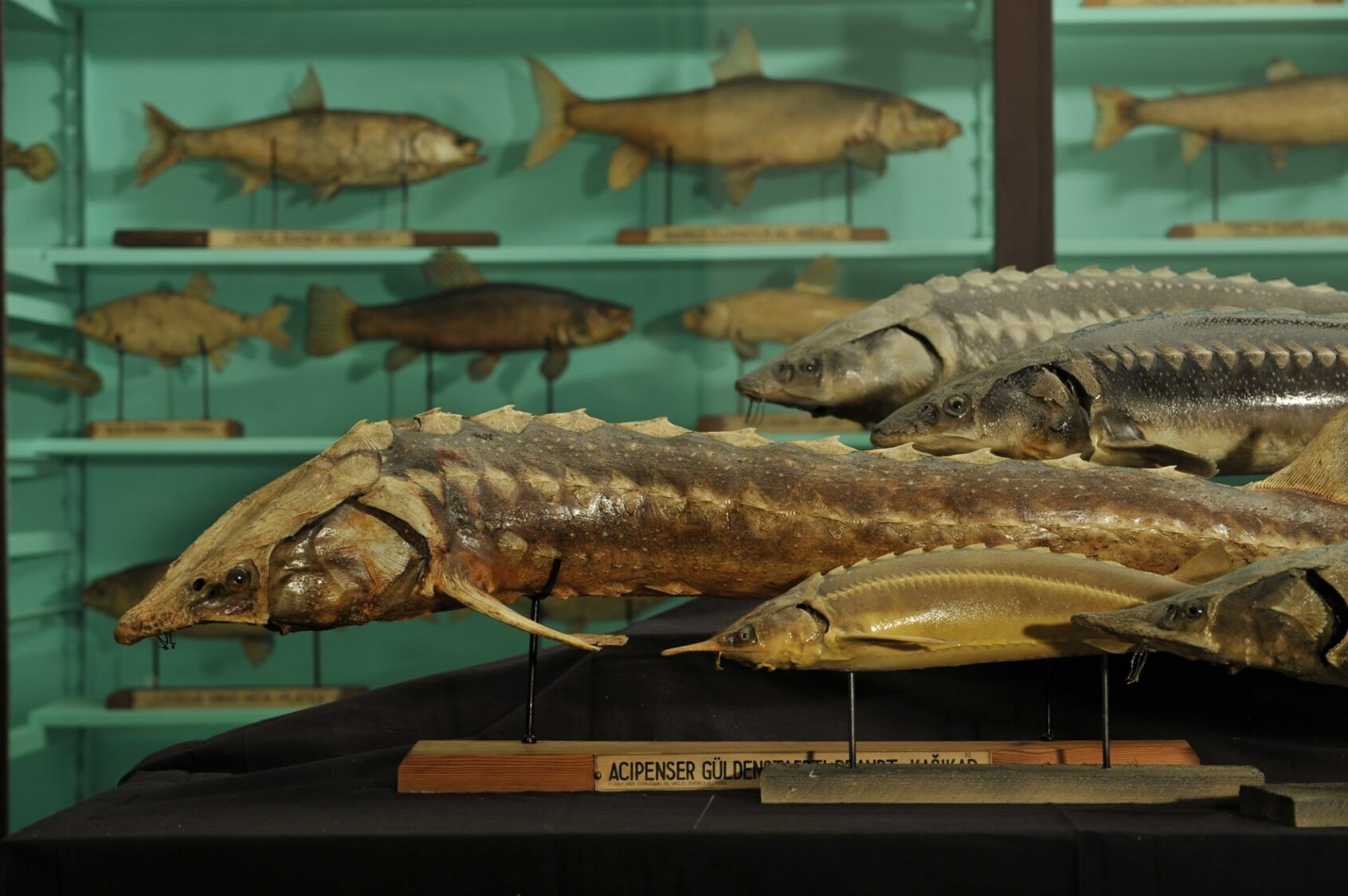In terms of their development, fish are the oldest and by far the most affluent group of vertebrates. Currently, a total of more than 24,000 fish species are known. Their bodies are largely hydrodynamic in shape, with scaly skin, equipped with fins and gills, with their body temperature mainly depending on their environment. They are adapted to life in most diverse aquatic environments: from deep seas to coastal shallows, rivers, lakes, swamps, even hot springs, cave waters, high mountain lakes and streams, desert springs, etc. They are threatened mainly by habitat destruction, overfishing, water pollution and introduction of nonindigenous species. In the strict sense of the word, fishes are divided into cartilaginous and bony fishes. The latter embrace the classes of sharks and stingrays (Elasmobranchii) and the class of rat fishes (Holocephali), while teleosts include the class of ray-finned fishes (Actinopterygii) and lobe-finned fishes (Sarcopterygii). According to some other systematic classifications, the cartilaginous (Chondrichthyes) and the osteoid (Osteichthyes) fishes are at the class level. Ray-finned fishes are the most numerous and species-richest group of fishes as well as all vertebrates in general. More than 23,000 species are known at the present time, both marine and freshwater. The majority of them have bony skeletons, a swim bladder, a body covered with flat and overlapping scales (cycloid being smooth, ctenoid rough with spiny outgrowths), and gill slits covered by operculum. Cartilaginous fishes have cartilaginous skeleton and body covered with toothed placoid scales, but lack swim bladder and opercula. About 840 species are known, nearly all of them marine. In the broadest sense of the word, fishes also include the class of Lampreys (Cephalospidomorphi) and the class of Hagfish (Myxini). Here and there, they are also systematically classified into the order of Lampreys (Petromyzontiformes) and the order of Hagfish (Myxiniformes), which are integrated into the class of jawless fishes (Agnatha). The representatives of these most primitive vertebrates have a snake-like appearance, they are jawless with scaleless slimy skin and have developed only unpaired fins.

European Mudminnow (Umbra krameri) inhabits oxbow lakes of the Mura River. Photo: J. Gregori

INTERESTING FACTS FROM THE WORLD OF FISHES
The Porbeagle (Lamna nasus) is a very rarely seen shark in the Adriatic Sea as well as in the entire Mediterranean Sea and is a critically endangered species.
On 20 December 2015, a dead young male, approximately a year old, was found entangled in a fishing net in the sea off Piran. It measured 104 cm in length and weighed 8.4 kg. Porbeagles are fast and powerful sharks from the Lamnidae family. Most often they swim just below the surface but can dive to a depth of 700 m at least. They like to dwell in waters colder than 18°C and can be found both in the open sea and coastal waters. Porbeagles are viviparous. They feed on fish, crustaceans and cephalopods. They can grow up to 3.7 m in length and weigh up to several hundred kilograms.


